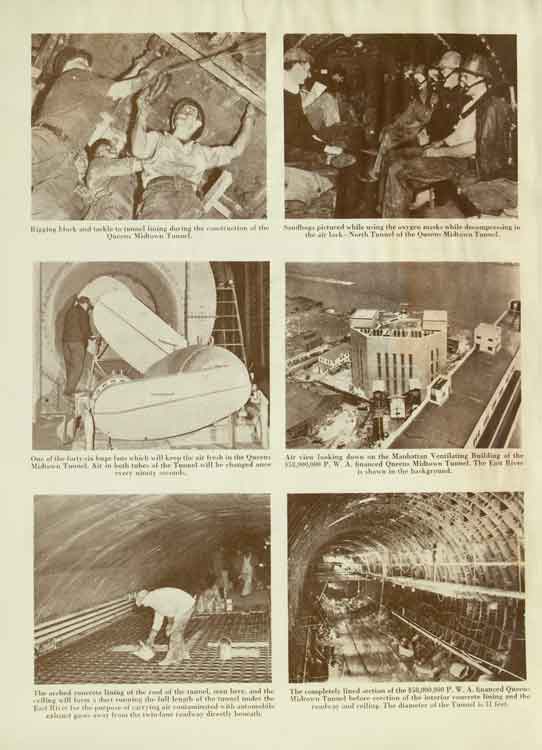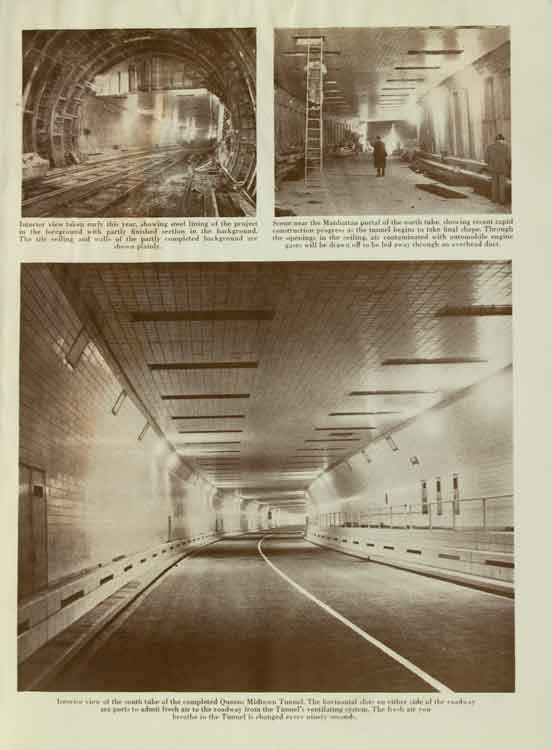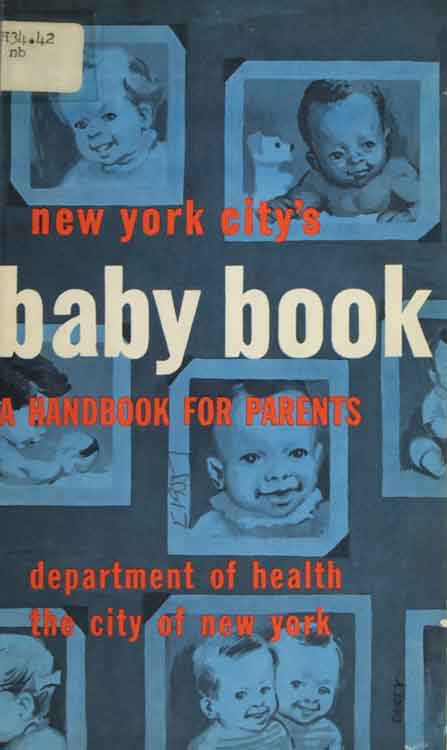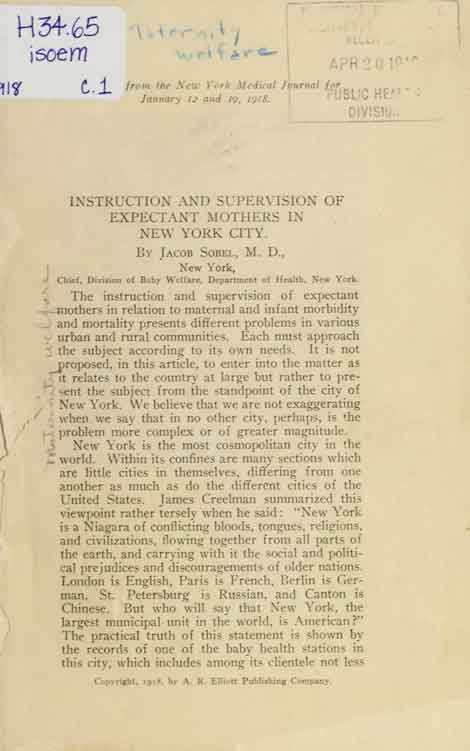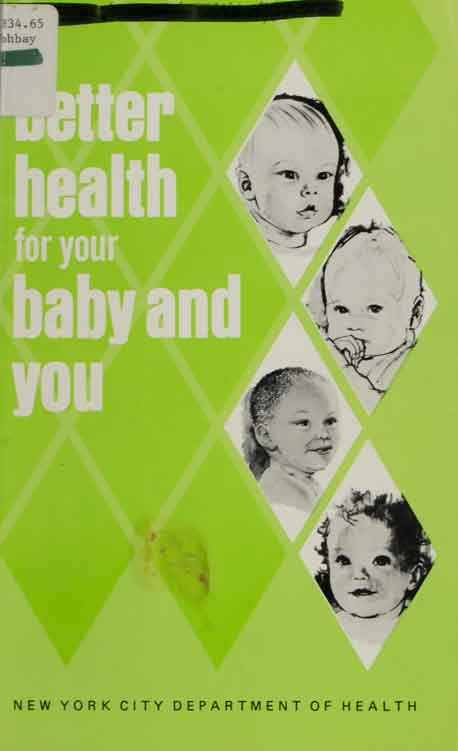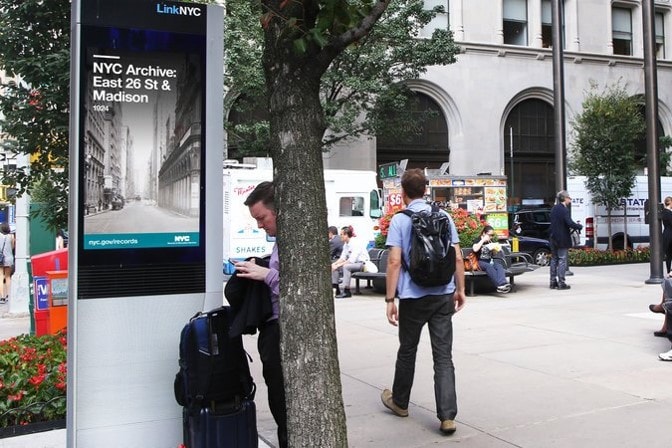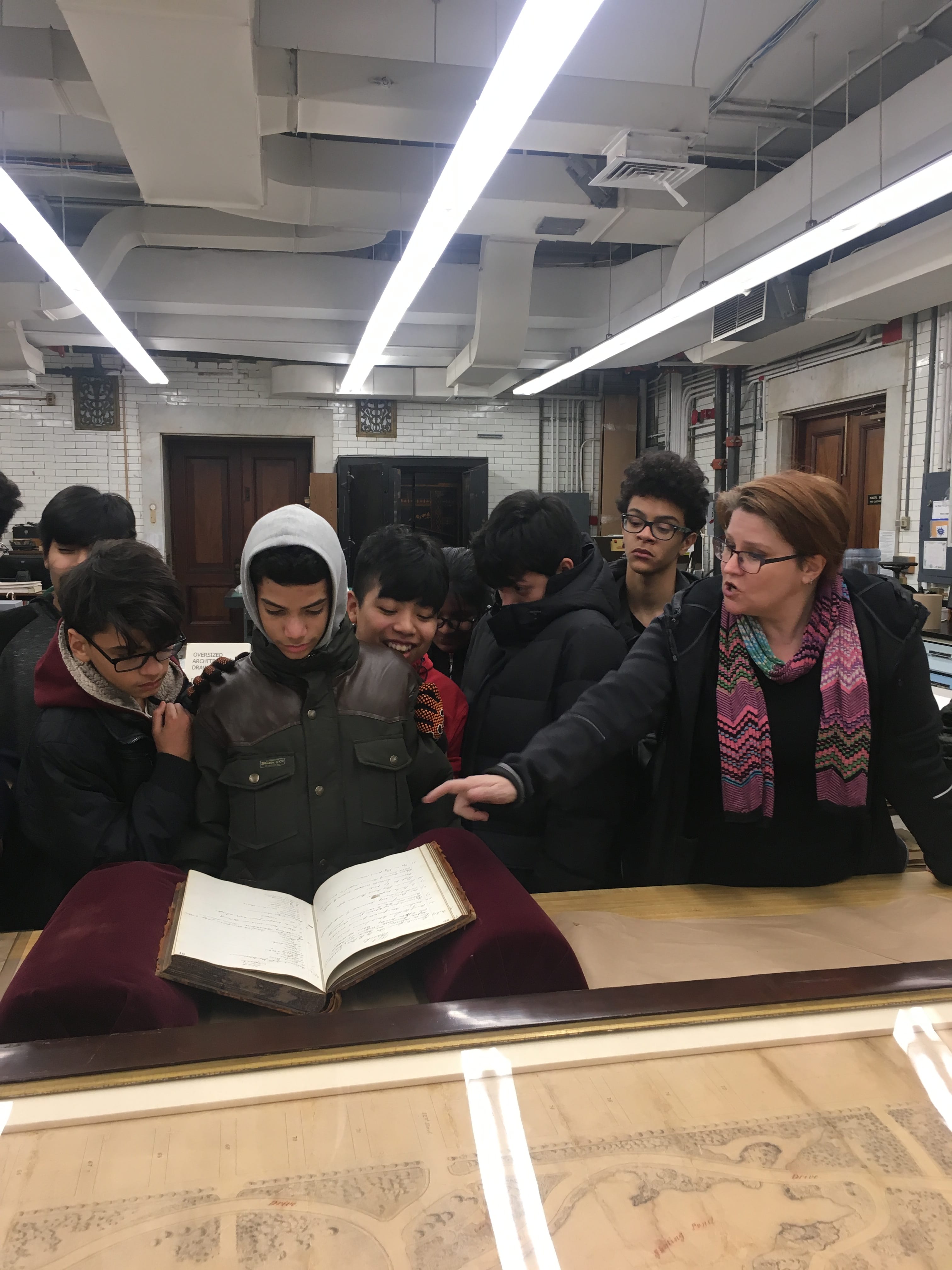Municipal Library Notes - March 2018
|
|
SPOTLIGHT ON:
Brooklyn Battery and
Midtown Tunnels
|
By Christine Bruzzese, Supervising
Librarian, Municipal Library
|
|
The Hugh L. Carey Tunnel, more familiarly known as the Brooklyn Battery
Tunnel, opened in 1950. Planning had commenced in 1936. In 1939, Mayor La Guardia and the
Board
of Estimate decided on a bridge financed by the Triborough Tunnel Authority. Controversy
ensued
until the United States Secretary of War, Harry H. Woodring ruled against building a bridge.
Tunnel construction began in October 1940 and was interrupted by the outbreak of World War
II.
When it finally opened for use, the tunnel measured 9,117 feet in length and was, at the
time,
the longest underwater tunnel for vehicle traffic in the United States. It provided a
much-needed arterial link between Manhattan and Brooklyn under the East River. According to
the
New York State Department of Transportation Traffic Data Report for 2014 (latest
data),
46,410 vehicles used the tunnel in that year. Featured here are photos from the booklet
published by the Triborough Bridge and Tunnel Authority when the tunnel opened.
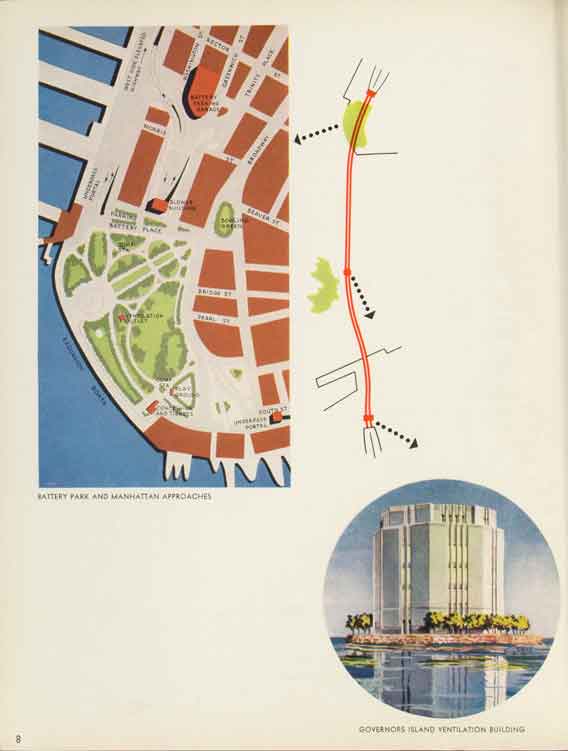
|
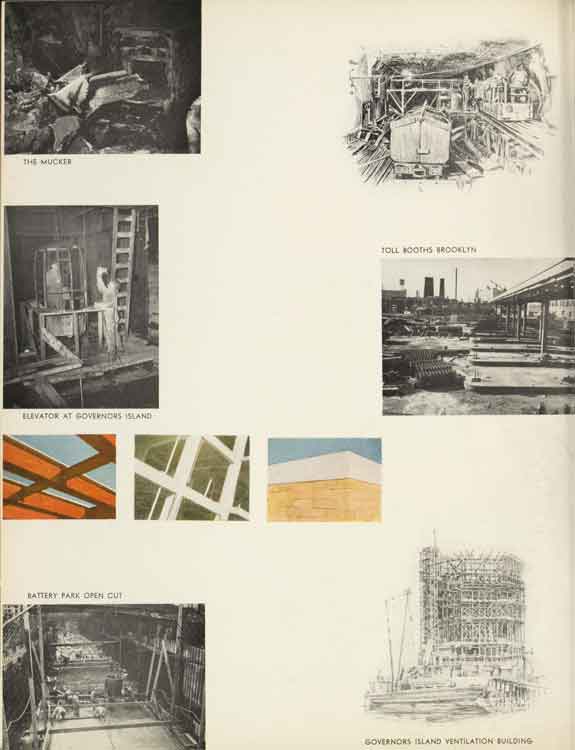
|
The Queens Midtown Tunnel was built to relieve traffic congestion on other East River
crossings
and provide a vehicular link between Manhattan and Queens. Planning began in 1935 with the
passage of a New York State law authorizing construction. The Federal Public Works
Administration (PWA) assisted with financing. Opening ceremonies were held on November 15,
1940.
The tunnel featured twin two-lane tubes. The north tunnel carrying westbound traffic to
Manhattan was 7,865 feet long. The south tunnel which carried eastbound traffic to Queens
was
7,400 feet in length. As of 2014 (latest data), the New York State Department of
Transportation
in its Traffic Data Report, stated that 79,446 vehicles traveled through the tunnel
that year. Included here are photos from the opening ceremonies booklet.
|
Maternity and Baby Care
|
By Christine Bruzzese, Supervising Librarian, Municipal Library
|
|
The New York City Department of Health issued "New York City's Baby Book: a Handbook for
Parents," from the 1940's to the 1960's. Practical advice for care from newborn to
toddler
stage was included along with illustrations.
Featured here is an excerpt from an article published in the New York Medical Journal for
January 12 and 19, 1918. The author is Dr. Jacob Sobel, Chief of the Division of Baby
Welfare at the New York City Department of Health. Entitled, "Instruction and Supervision of
Expectant Mothers in New York City," it discusses pre-natal care for expectant mothers at
the baby health stations overseen by the Department of Health.
A later booklet from 1975 "Better Health for You Baby and You," focuses mainly on
healthy diet and exercise as the baby matures. Here are some illustrations.
|
Historical Images Provided to LinkNYC Kiosks throughout New York City
|
By LaTonya C. Jones, Director, Community and External Affairs
|
|
Last fall, the New York City Department of Records and Information Services (DORIS) partnered
with LinkNYC and the Department of Information Technology and Telecommunications to provide
creative content on approximately fifty LinkNYC kiosks throughout the five boroughs. DORIS
made available historical images from the Municipal Archives of the exact locations – so
users of the kiosk's services could also enjoy a glimpse into their community's past. Due to
the warm response to the initial project, DORIS was asked to bring historical images to an
additional 1400 locations. DORIS is currently identifying, digitizing and assembling this
content and anticipates a late winter/early spring launch.
|
Community Outreach Project in Sunset Park
|
By Dante Matero
|
|
In the summer of 2016, the New York City Department of Records and Information Services
(DORIS) initiated efforts to connect the City's history with local communities. These
efforts involved making materials available to diverse communities both online and in person
and working with local people to add their perspectives to the Archives. DORIS engaged a
City Service Corp member to work on identifying specific communities for outreach and
piloting approaches for collecting the stories of government's impact from a local
viewpoint. Last year, we developed a relationship with educators and students at Sunset Park
High School – which is located near one of our facilities in Industry City. In 2018, we
began working with an afterschool program for middle school students located in the same
neighborhood. The agency has worked to introduce students to the collections of the
Municipal Archives and Library, provide guidance on using primary resources in research, and
engage the students in a project that captures community stories.
On February 6th, we invited the Center for Family Life's Lifelines afterschool program to
DORIS for a tour and research lesson. A group of 16 8th grade students visited to learn more
about the function served by the Municipal Archives and Library and how they can take
advantage of the resources available here. The day's activities included: a walk-through of
the Unlikely Historians exhibit led by Rossy Mendez, a look at the Library and Sunset Park
historical documents with Marcia Kirk, and a tour of the conservation lab guided by Cynthia
Brenwall. The students also learned how to use our online resources to locate 1980s tax
photos of their neighborhoods. They will compare these images to the current landscape and
write “Then and Now” reports on the topic.
|
The Way Things Work in DORIS IT Application Development
|
By Martin Batey, Senior Project Manager, IT
|
|
So what exactly goes on behind the closed doors of Room 105 at 31 Chambers Street? Remember
when you were in school and you learned about “how a bill becomes a law”? Well, DORIS
Application Development has a step-by-step process just like that. For us it’s “how an idea
becomes an application”.
It all starts with someone having an idea for a new application or an improvement to an
existing application. That person could be just about anyone in the agency. The first step
is to fill out a Technology Project Intake form describing the idea and sending it to the
Project Manager (me) in IT. The form is then reviewed by our Director of Application
Development (Joel Castillo). Next it is sent to the Commissioner’s office for further review
and hopefully, approval. Then the idea, soon to become an IT project, is scheduled for
development. We also work on applications that are being used citywide by the general
public. Such applications include Open Records to facilitate public FOIL requests for City
agencies. Another example is the Government Publications Portal that allows City agencies to
submit reports that the public can search for and access.
We use a process called Agile Methodology to track the development of the project from start
to finish. It works just like it sounds by splitting the project into small pieces to help
it move quickly. First, we create a list of the features that will be included in the
application. This is called the feature Backlog. We work with a Business Owner, usually the
person who submitted the idea, to create this list of features. Next, the Application
Development team meets to review all of the items in the Backlog to determine how much time
each will take to code and test. This team consists of Joel, the Developers (Gary Zhou and
Jonathan Yu), and QA (Brian Waite and Daniel Peralta). After that, the team assigns an
estimate of the time required to develop and test each item in the backlog. These items are
now called user stories.
In Agile, you work on the project two weeks at a time. Each two week period is called a
Sprint (I guess because you are moving as fast as you can to finish). The Application
Development team selects the features from the Backlog that they feel they can complete in
those two weeks based on the work estimates for each user story. So, in a given Sprint,
there could be as just a few features or there could be several depending upon the time they
take to finish (remember, the total work can’t add up to more than two weeks).
The user stories are assigned to the developers and we are off to the races. As each user
story is completed, it’s handed off to the QA team for testing and changes are made until
it’s considered done. The goal is to get all of the user stories completed and fully tested
within the two weeks. Then we do a demo of the work for the Business Owner to make sure it’s
done correctly. At the end of all of the two week sprints the project is complete. The great
thing about Agile is that everyone, including the Business Owner, is constantly working
together to make sure the project is headed in the right direction. In fact, the team
actually meets every day in something called a standup. This is a short meeting limited to
fifteen minutes. The term standup comes from the idea that the team members should actually
standup to meet so they don’t become too comfortable. That helps keep the meeting short.
Although, I must confess that we almost always sit down.
Some smaller projects may just take two or three sprints while others could take many more.
Either way, at the end of the last sprint you have transformed the initial idea into an
actual application to be used within the agency or maybe by outside public users.
All of this happens under the watchful eye of our CIO, Praveen Panchal.
|
|



